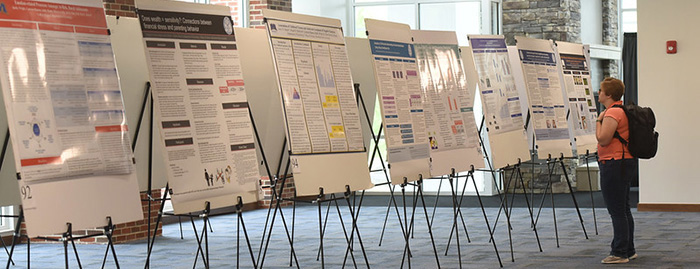Files
Download Full Text (815 KB)
Description
Prokaryotes and eukaryotes differ in their chromosome structure; prokaryotes have a single circular chromosome, while eukaryotes have multiple circular chromosomes. Linear chromosomes are more complex than circular ones and create problems for eukaryotes. Many of these issues are solved by telomeres—long, repetitive sequences of DNA found on the ends of most eukaryotic chromosomes. They protect the ends from harm and limit how many times a cell can divide. Two of our greatest medical challenges, cancer and aging, are closely related to telomeres; most cancers upregulate telomerase, and aging human cells display shorter telomeres. To investigate the evolution and function of telomeres, we are circularizing chromosome VII in a strain of the single-celled eukaryote Saccharomyces cerevisiae (budding yeast). There is precedent set for functional and viable yeast with circular chromosomes; a naturally circularized chromosome III has been found in mutant S. cerevisiae (1); natural circularization of all 3 chromosomes has been observed in mutant Schizosaccharomyces pombe, another type of yeast (2); and a strain of S. cerevisiae has been created with all its chromosomes fused into a single, massive circular chromosome (3).
Publication Date
4-2022
Disciplines
Arts and Humanities | Business | Education | Engineering | Higher Education | Life Sciences | Medicine and Health Sciences | Physical Sciences and Mathematics | Social and Behavioral Sciences
Recommended Citation
McGinnis, Duncan and Mefford, Melissa, "Creating the First Genetically Engineered Eukaryote with Circular Chromosomes" (2022). 2022 Celebration of Student Scholarship - Poster Presentations. 34.
https://scholarworks.moreheadstate.edu/celebration_posters_2022/34

Included in
Arts and Humanities Commons, Business Commons, Engineering Commons, Higher Education Commons, Life Sciences Commons, Medicine and Health Sciences Commons, Physical Sciences and Mathematics Commons, Social and Behavioral Sciences Commons

